Everyone knows how important it is to eat foods high in nutrients if you want to stay at the top of your health game. That’s because nutrients are the most important part of foods that are good for your body.
But what if I were to tell you that there’s another force out there, possibly lurking in those same healthy foods, that could stop the way those nutrients help your body?
I know a lot of you right now are probably already feeling a creeping dread, crying out, “Not another new thing to worry about!”
And it’s true – the more we learn about our bodies and how they interact with nature for our survival, the more we dig up not-so-comforting facts about the way things work.
So, before we dive into antinutrients, take a deep breath. We’ll get through this. And once we’ve reached the other side, hopefully you’ll have a better understanding of what they are and how you can help your body preserve the benefits of the healthy nutrients it needs.
What Are Antinutrients?
 Simply put, antinutrients are compounds found in your food that can interfere with your body’s ability to absorb essential nutrients like vitamins and minerals. They can be natural or synthetic and are typically found in plant matter.
Simply put, antinutrients are compounds found in your food that can interfere with your body’s ability to absorb essential nutrients like vitamins and minerals. They can be natural or synthetic and are typically found in plant matter.
Antinutrients are primarily found in grains, beans, legumes, nuts, roots, vegetables, leaves, and fruits. But don’t be too alarmed – many of these contain such low levels of antinutrients that the benefits of the foods themselves outweigh the negatives.
Antinutrients exist in foods as a defense mechanism against predators like bugs and other pests that interfere with the reproduction process of foods containing seeds. While our species has learned to love some chemical defenses of plants, like the capsaicin in chile peppers and the sulfur compounds in onions, others are actually potentially harmful.
Because of thousands of years of careful selective breeding by farmers, many antinutrients have been worked out of crops. But, in some foods, they still remain in high quantities. In the future, we may be able to completely eliminate antinutrients from our foods through the use of clever genetic engineering.
Thankfully, there are some simple ways of getting rid of them before you eat them, as I’ll detail later.
Some of the main concerns over antinutrients are the ways in which they interfere with beneficial digestive enzymes, stopping their ability to properly absorb nutrients from your food.
A healthy gut environment is of serious importance to your overall health. If you eat a healthy diet and exercise regularly, the bacteria in your intestines will be predominantly “good” bacteria that will help the body break down and absorb nutrients more effectively.
But antinutrients, when present in large quantities, can destabilize the balance of good bacteria to bad, interfere with the enzymes that perform much of digestion, and damage your metabolism and health.
In people who are not receiving all the nutrients they need – or, in parts of the world where individuals struggle to receive adequate nutrition, these antinutrients could be restricting the amount of nutrients they absorb from the food they manage to eat.
So, let’s look at the various kinds of antinutrients out there and what foods they’re most commonly found in.
Types of Antinutrients
There are a variety of compounds and substances that fall under the label of antinutrients, and you can find them in a variety of plant-based foods. Some of the more well-known antinutrients include:
Protease Inhibitors
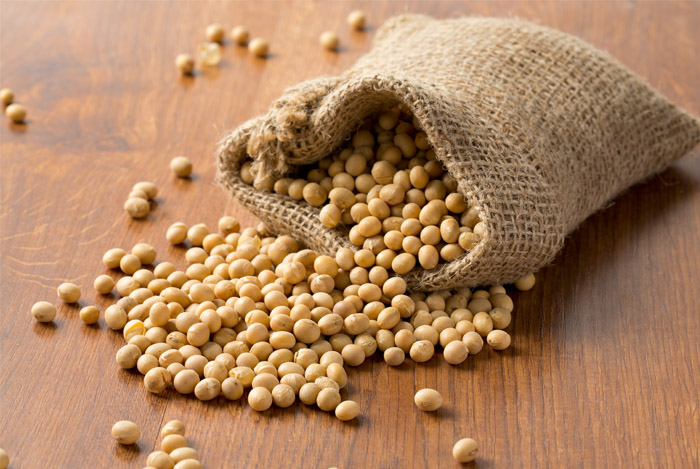 These substances inhibit the actions of proteases, the compounds that break down and help the body absorb protein in the gut. One of these is found prominently in soybeans and other beans and legumes, as well as in cucumbers, spinach, potatoes, broccoli, and radishes.
These substances inhibit the actions of proteases, the compounds that break down and help the body absorb protein in the gut. One of these is found prominently in soybeans and other beans and legumes, as well as in cucumbers, spinach, potatoes, broccoli, and radishes.
Phytic acid
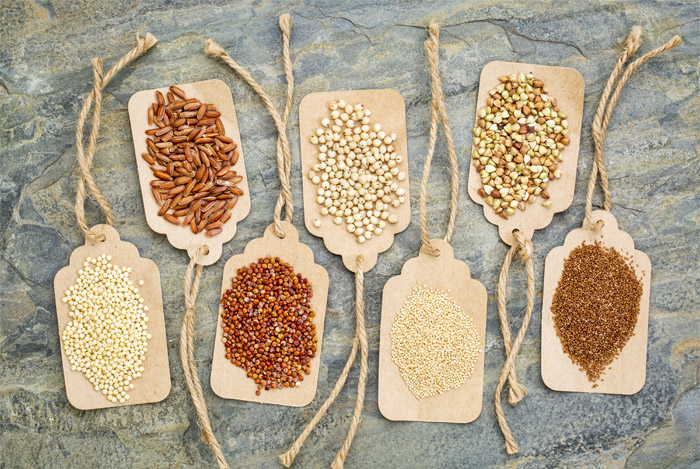 This antinutrients binds strongly to minerals like calcium, iron, magnesium, copper, and zinc, rendering them unable to be absorbed by the intestines. These are often found in nuts, grains, and seeds.
This antinutrients binds strongly to minerals like calcium, iron, magnesium, copper, and zinc, rendering them unable to be absorbed by the intestines. These are often found in nuts, grains, and seeds.
Research has shown that up to 80% of the phosphorous found in pumpkin and sunflower seeds, as well as 80% of zinc found in cashews and chickpeas, could be altogether blocked by phytate.
Gluten
 These days, gluten is probably the most well-known substance causing antinutrient effects in the human body. In some cases, it’s extremely difficult for the body to digest, making it notorious for causing gastrointestinal complications.
These days, gluten is probably the most well-known substance causing antinutrient effects in the human body. In some cases, it’s extremely difficult for the body to digest, making it notorious for causing gastrointestinal complications.
If you have gluten sensitivity or a severe allergy called celiac disease, then your ingestion of foods containing gluten can lead to serious negative health effects like joint pain, headaches, memory loss, and fatigue.
Oxalates
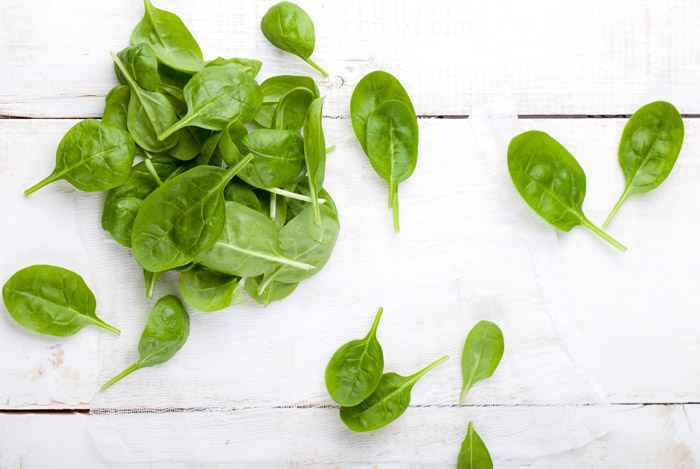 Found predominantly in spinach, sesame seeds, soybeans, and millet, these antinutrients prevent the body’s absorption of calcium. Because of this, about 80% of the kidney stones formed by adults in the United States are calcium oxalate stones – though it is not yet clear as to whether dietary restriction helps prevent the formation of such stones.
Found predominantly in spinach, sesame seeds, soybeans, and millet, these antinutrients prevent the body’s absorption of calcium. Because of this, about 80% of the kidney stones formed by adults in the United States are calcium oxalate stones – though it is not yet clear as to whether dietary restriction helps prevent the formation of such stones.
Lectins
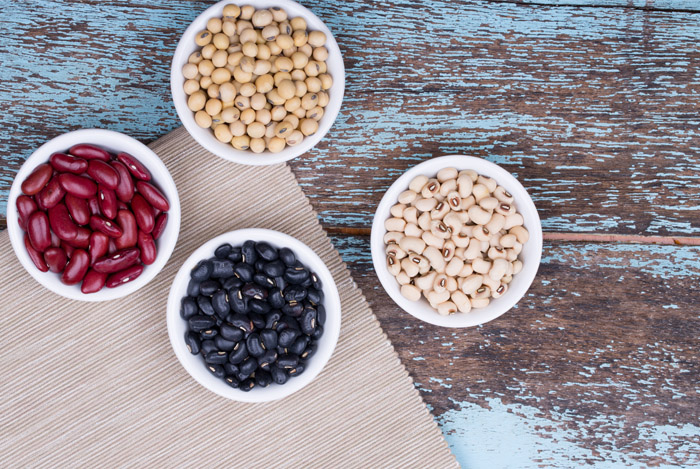 You’ll find high quantities of lectins in beans and wheat, especially when they’re improperly prepared. Because the villi lining the small intestine become bound to the lectins in these foods, nutrients pass through without being absorbed. This can lead to indigestion, bloating, and gas.
You’ll find high quantities of lectins in beans and wheat, especially when they’re improperly prepared. Because the villi lining the small intestine become bound to the lectins in these foods, nutrients pass through without being absorbed. This can lead to indigestion, bloating, and gas.
Lectins play a role in immune function, cell growth, cell death, and body fat regulation, but they are not digested or absorbed by the body. In fact, we often produce antibodies against lectins in an effort to fight off gastrointestinal distress.
Glucosinolates
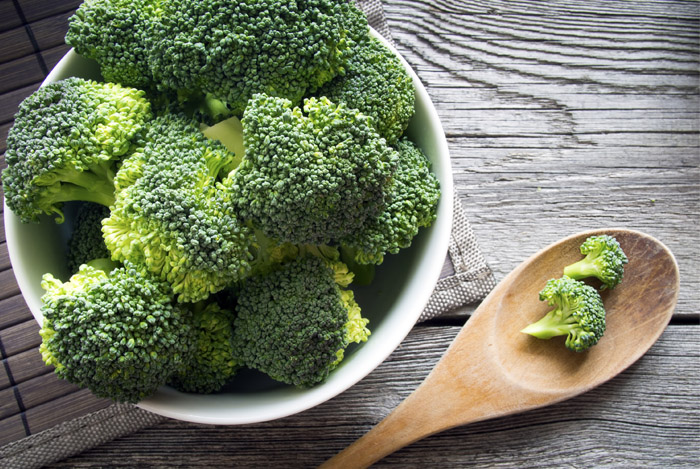 Found typically in cruciferous vegetables like cauliflower, cabbage, garden cress, bok choy, broccoli, and other leafy greens, glucosinolates can suppress the thyroid gland’s ability to convert iodine into thyroid hormones, which are important for metabolism regulation.
Found typically in cruciferous vegetables like cauliflower, cabbage, garden cress, bok choy, broccoli, and other leafy greens, glucosinolates can suppress the thyroid gland’s ability to convert iodine into thyroid hormones, which are important for metabolism regulation.
Tannins
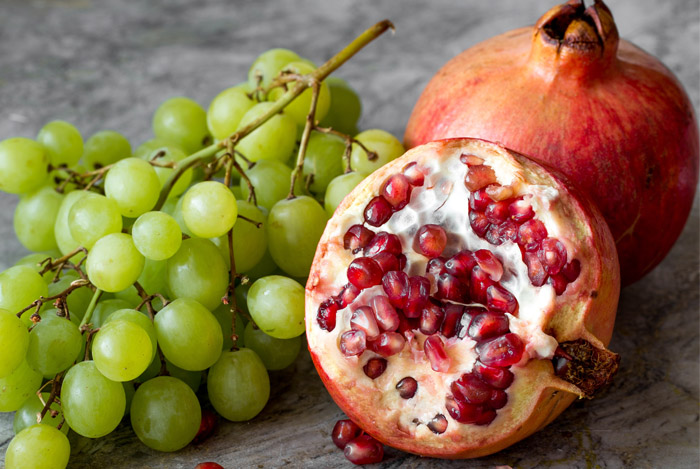 Tannins are enzyme inhibitors that can cause gastrointestinal distress and protein deficiency. Some cancers, like esophageal cancer, have been linked to consumption of foods rich in tannins, like some nuts and herbal teas – indicating they may be carcinogenic.
Tannins are enzyme inhibitors that can cause gastrointestinal distress and protein deficiency. Some cancers, like esophageal cancer, have been linked to consumption of foods rich in tannins, like some nuts and herbal teas – indicating they may be carcinogenic.
Tannins are also some of the only antinutrients found commonly in fruit, especially grapes and pomegranates.
Minimizing the Effects of Antinutrients
 The most effective means of reducing the levels and effects of antinutrients in your foods is to cook the heck out of them.
The most effective means of reducing the levels and effects of antinutrients in your foods is to cook the heck out of them.
For instance, spinach and broccoli should be boiled for up to 10 minutes, or sautéed for 3 to 5 minutes.
Other vegetables like beans, soy, and Brussels sprouts should be cooked in the same fashion, which has been demonstrated to improve mineral bioavailability. In other words, you’ll more efficiently absorb minerals and get better nutritional value out of the vegetables you eat, the more you cook them.
Beans and other legumes can also be soaked in water overnight to improve their nutritional value. This is because the majority of the antinutrients in them are found in the skin. As antinutrients are water soluble, they dissolve when they’re soaked.
One study found that soaking peas for up to 12 hours could reduce the phytate content by up to 9%. Another found that soaking peas up to 18 hours could decrease lectins by up to 50%, tannins by 25%, and protease inhibitors by 30%.
Other ways of reducing or degrading antinutrients include:
- Sprouting – growing the plants from their seeds in environments free of dirt or debris, increasing the availability of natural nutrients. This process has been shown to reduce phytate by between 37 and 81%.
- Fermenting – a natural process used to preserve food long-term, fermentation occurs when bacteria or yeasts digest carbs in food. This leads to a significant reduction of phytate, up to 88%.
- Combining methods – soaking, sprouting, and fermenting quinoa was shown to decrease phytate by an astonishing 98%. Soaking and boiling peas led to a nearly 100% reduction in lectins, tannins, and protease inhibitors!
Should You Fear Antinutrients?
 Because the typical American diet is so rich in animal proteins and includes very few raw vegetables, most people don’t have to worry about antinutrients.
Because the typical American diet is so rich in animal proteins and includes very few raw vegetables, most people don’t have to worry about antinutrients.
Plus, you don’t have to outright fear them to begin with. Some circumstances have even showed antinutrients like tannins and phytate to have some promising health benefits.
This has led to many in the scientific community questioning the widespread use of the term “antinutrient” as being potentially misleading. It sounds dark and ominous, as though these compounds are hell-bent upon finding all the body’s nutrients and destroying them. In truth, they’re hardly malevolent.
In fact, they’re the same components that are linked to the well-documented powers of the foods mentioned previously to fight disease.
Phytates, for instance, may help lower blood sugar, cholesterol, and triglyceride levels. Increased levels of phytonutrients, as well as fiber, could help reduce your risk of heart disease. Glucosinolates are thought to give the cruciferous veggies they’re found in cancer fighting properties.
Polyphenols are antinutrients that have been proven beneficial in appropriate doses. As have flavonoids, another group of antinutrients found in coffee, wine, tea, and other plant foods. But, studies are still being performed on the effects that these substances can have on overall mineral absorption.
While you can live the majority of your life without being too concerned about the effects of antinutrients if you follow a well-balanced diet and regular exercise routine, at other times you should be much more concerned.
During times of malnutrition, or if you have a diet that is almost entirely based on vegetables, grains, and legumes, you should be on high alert for antinutrients and their effects. If you’re particularly prone to kidney stones, you’ll probably be advised by your doctors to avoid high-oxalate foods.
But, if you maintain a healthy gut environment and don’t rely strictly on raw versions of vegetables, you’ll have nothing to worry about. You probably won’t face any terrible health effects caused by antinutrients, and can continue eating foods containing them as usual.
Final Word
 Okay – you can start breathing normally again. In through the mouth, out through the nose.
Okay – you can start breathing normally again. In through the mouth, out through the nose.
Antinutrients may seem a little scary because of the effects they can have on your body and their evil-sounding moniker, but science doesn’t seem very worried.
Yes, science will continue making unsettling discoveries and health gurus will keep spinning them one way or another, usually in an effort to scare you into buying their products. And sometimes, they may have a good point.
In certain concentrations and circumstances where your body may be more easily compromised because of existing deficiencies, you might have something to worry about. But for everyone else, antinutrients shouldn’t be on your watch list.
Instead, enjoy those leafy greens. Figure out new ways of preparing broccoli. Fill your diet with superfoods, and reap the incredible nutritional benefits they have to offer.
Keep in mind that your body is unique. If you are a more sensitive individual, you might find yourself reacting differently to foods that contain high levels of antinutrients. That’s why it’s so important that you come to understand your body as best as possible and adjust your diet in such a way that you’re guaranteed health benefits only from the foods you consume.
How concerned are you about antinutrients in your food? Comment below!
The post Anti-Nutrients in Your Food and How to Reduce Them appeared first on Nutrition Secrets.
http://www.nutritionsecrets.com/anti-nutrients-in-your-food-and-how-to-reduce-them/
No comments:
Post a Comment